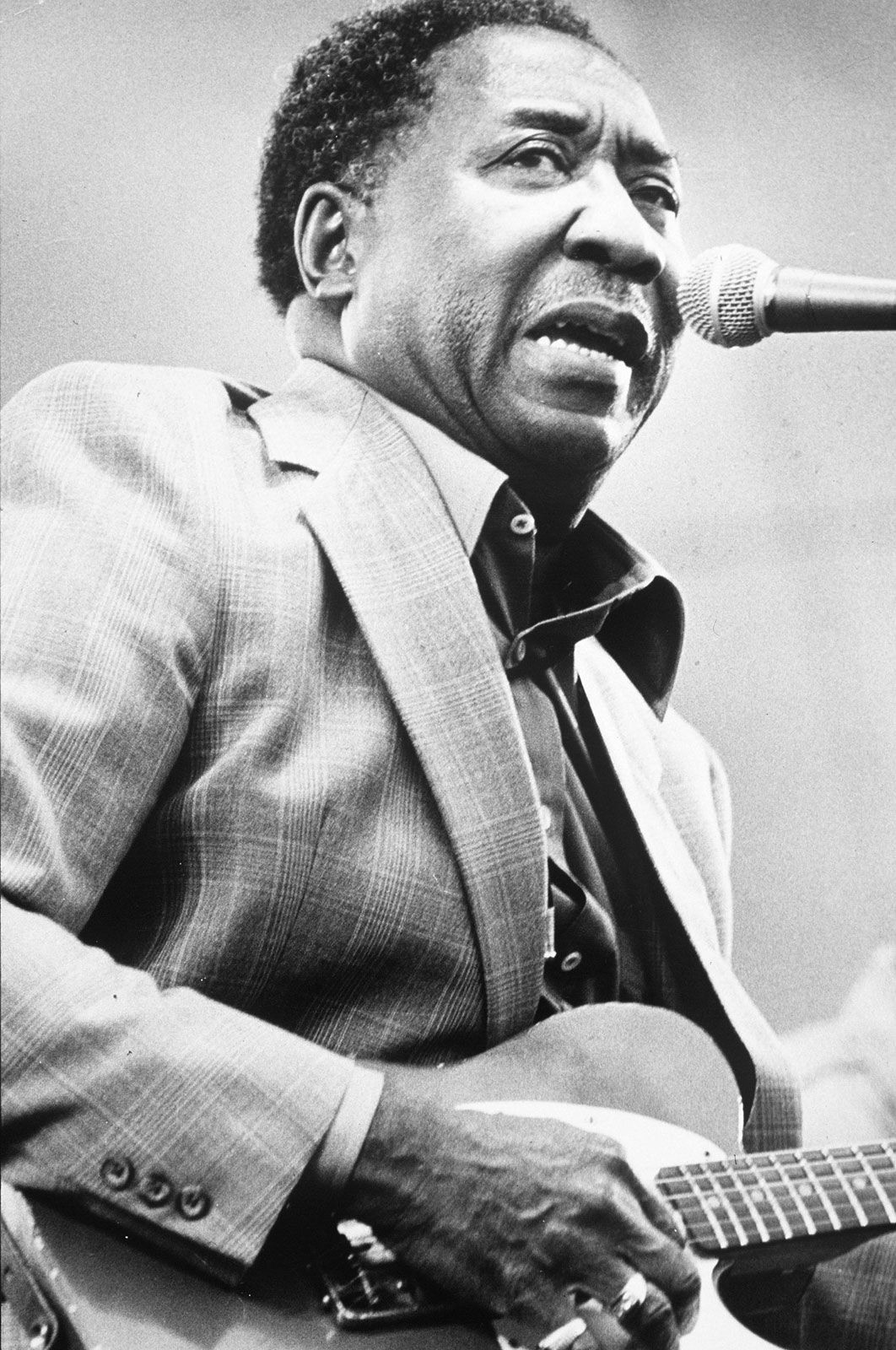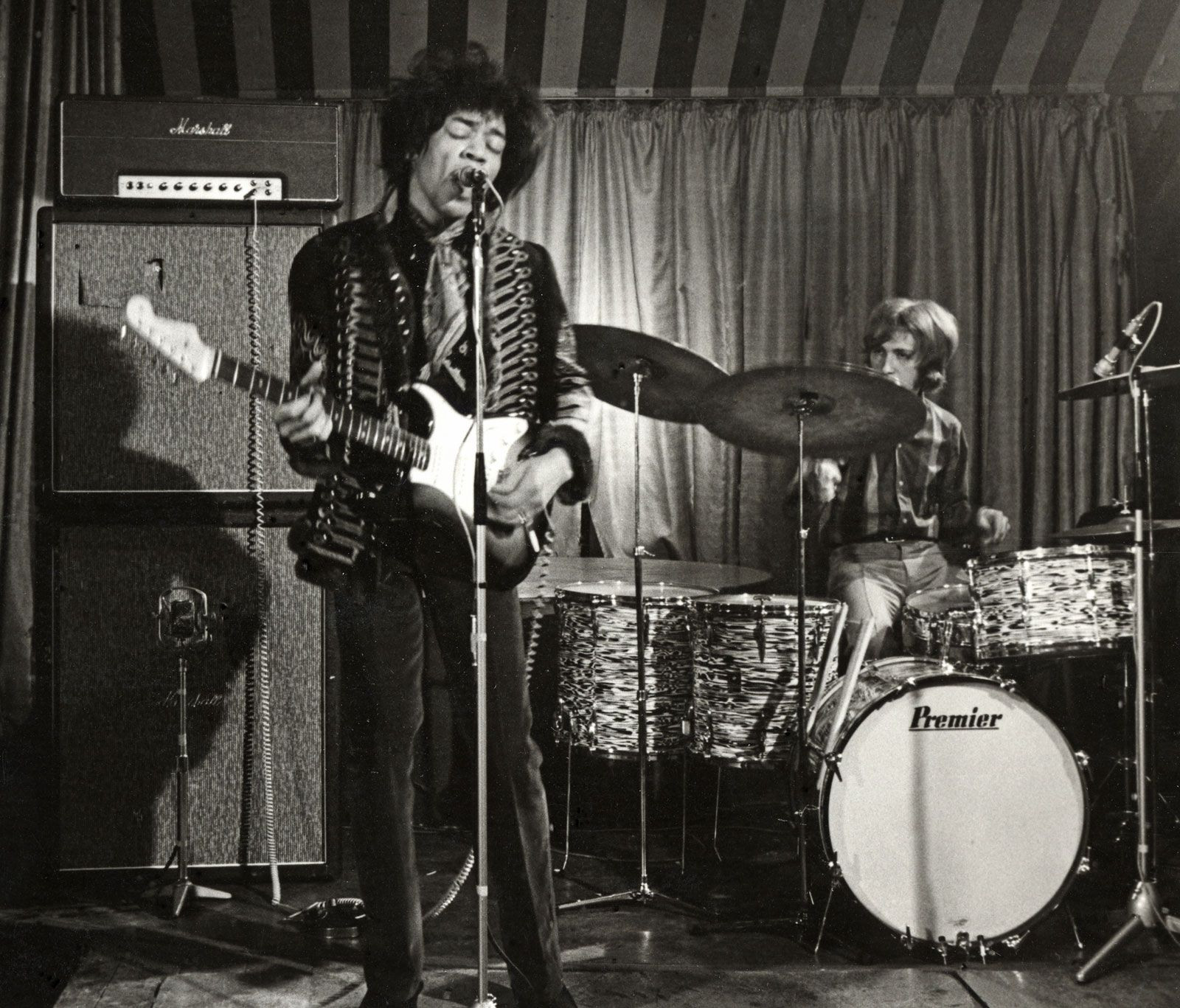The electric guitar, a cornerstone of modern music, didn’t emerge overnight. Its creation was a gradual evolution driven by the need for louder instruments in increasingly amplified musical landscapes. While many contributed to its development, the title of “Electric Guitar Inventor” is most often attributed to George Beauchamp. This article delves into the fascinating history of the electric guitar, exploring the key figures and innovations that led to the birth of this iconic instrument.
Before the age of electric amplification, guitars struggled to be heard alongside louder instruments, especially in the big band and jazz ensembles of the early 20th century. Acoustic guitars, while beautiful in tone, simply lacked the volume required to compete with brass and percussion sections. This limitation spurred inventors to seek ways to amplify the sound of stringed instruments, paving the way for the electric guitar. Early attempts involved various methods of amplification, but none truly captured the essence of the guitar’s sound in a way that was practical and musically effective.
The breakthrough came in the early 1930s with George Beauchamp, a Hawaiian steel guitar player and instrument maker. Frustrated by the volume limitations of acoustic guitars, Beauchamp dedicated himself to creating a solution. Working with Adolph Rickenbacker, an engineer, and Paul Barth, they formed the Electro String Instrument Corporation. This collaboration marked a pivotal moment in music history, as they developed and commercially produced the first electric guitars.
Beauchamp’s invention, often referred to as the “Frying Pan” due to its distinctive shape, utilized electromagnetic pickups to convert string vibrations into electrical signals. These signals could then be amplified, allowing the guitar to be heard at significantly higher volumes. This innovation was revolutionary. For the first time, guitarists could compete with louder instruments in ensembles and explore new sonic territories. The Electro String Instrument Corporation’s instruments quickly gained traction among musicians seeking greater volume and projection.
The advent of the electric guitar was perfectly timed with the rise of jazz and swing music in the 1930s and 40s. Guitarists like Charlie Christian were among the first to embrace this new technology, showcasing the electric guitar’s potential in jazz ensembles. Electric guitars also found early adoption in Hawaiian and country music, genres where the guitar was already a central instrument but needed more sonic presence.
As the blues migrated from the rural South to urban centers like Chicago in the 1940s and 50s, the electric guitar became indispensable. In the crowded and noisy bars and clubs where blues musicians like Muddy Waters, Howlin’ Wolf, and Elmore James performed, electric amplification was not just a novelty but a necessity. It allowed blues guitarists to cut through the noise and connect with their audiences in a powerful new way.
 Muddy Waters, a blues legend who heavily relied on the electric guitar for his signature sound in Chicago clubs.
Muddy Waters, a blues legend who heavily relied on the electric guitar for his signature sound in Chicago clubs.
While Beauchamp and Rickenbacker were pioneering the electric guitar, other inventors and musicians were also experimenting with amplified instruments. Les Paul, a renowned guitarist and innovator, independently developed his own ideas for electric guitars. In the early 1940s, Paul created “The Log,” one of the first solid-body electric guitars. Unlike the hollow-body designs that were initially adapted for electrification, the solid-body guitar minimized feedback and produced a clearer, more sustained tone, ideal for the evolving sounds of popular music.
 Les Paul, pictured with his iconic solid-body electric guitar, "The Log".
Les Paul, pictured with his iconic solid-body electric guitar, "The Log".
Around the same time, Leo Fender was also working on solid-body electric guitar designs. Fender’s company, Fender Electric Instruments, achieved mass production success with the Fender Broadcaster (later Telecaster) in 1948, followed by the iconic Stratocaster in 1954. These guitars, with their solid bodies and innovative pickup designs, became industry standards and further solidified the electric guitar’s place in music history.
The 1950s marked the explosion of rock and roll, rockabilly, and rhythm and blues. Artists like Chuck Berry, Bo Diddley, and Buddy Holly enthusiastically adopted the electric guitar, pushing its sonic boundaries and shaping the sound of a generation. The electric guitar was no longer just an amplified acoustic instrument; it had become a distinct voice with its own unique characteristics and potential.
 Bo Diddley, known for his innovative use of the electric guitar and distinctive rhythms.
Bo Diddley, known for his innovative use of the electric guitar and distinctive rhythms.
The evolution continued into the 1960s and beyond, with manufacturers introducing effects like tremolo, wah-wah, and distortion. These innovations, combined with the creativity of guitarists like Jimi Hendrix, Eric Clapton, and B.B. King, further expanded the sonic palette of the electric guitar and led to the development of new genres and playing techniques. The electric guitar became a symbol of youth culture and musical innovation, influencing countless musicians across genres and cultures worldwide.
 Jimi Hendrix, a revolutionary electric guitarist known for his innovative techniques and use of effects.
Jimi Hendrix, a revolutionary electric guitarist known for his innovative techniques and use of effects.
In conclusion, while George Beauchamp is widely credited as the “electric guitar inventor” for creating the first commercially successful electric guitar, the instrument’s development was a collaborative and evolutionary process. Pioneers like Adolph Rickenbacker, Les Paul, and Leo Fender, alongside countless musicians who explored its potential, all played crucial roles in shaping the electric guitar into the ubiquitous and transformative instrument we know today. From its humble beginnings as a solution to volume limitations, the electric guitar has revolutionized music, becoming an essential tool for expression, innovation, and cultural change.
